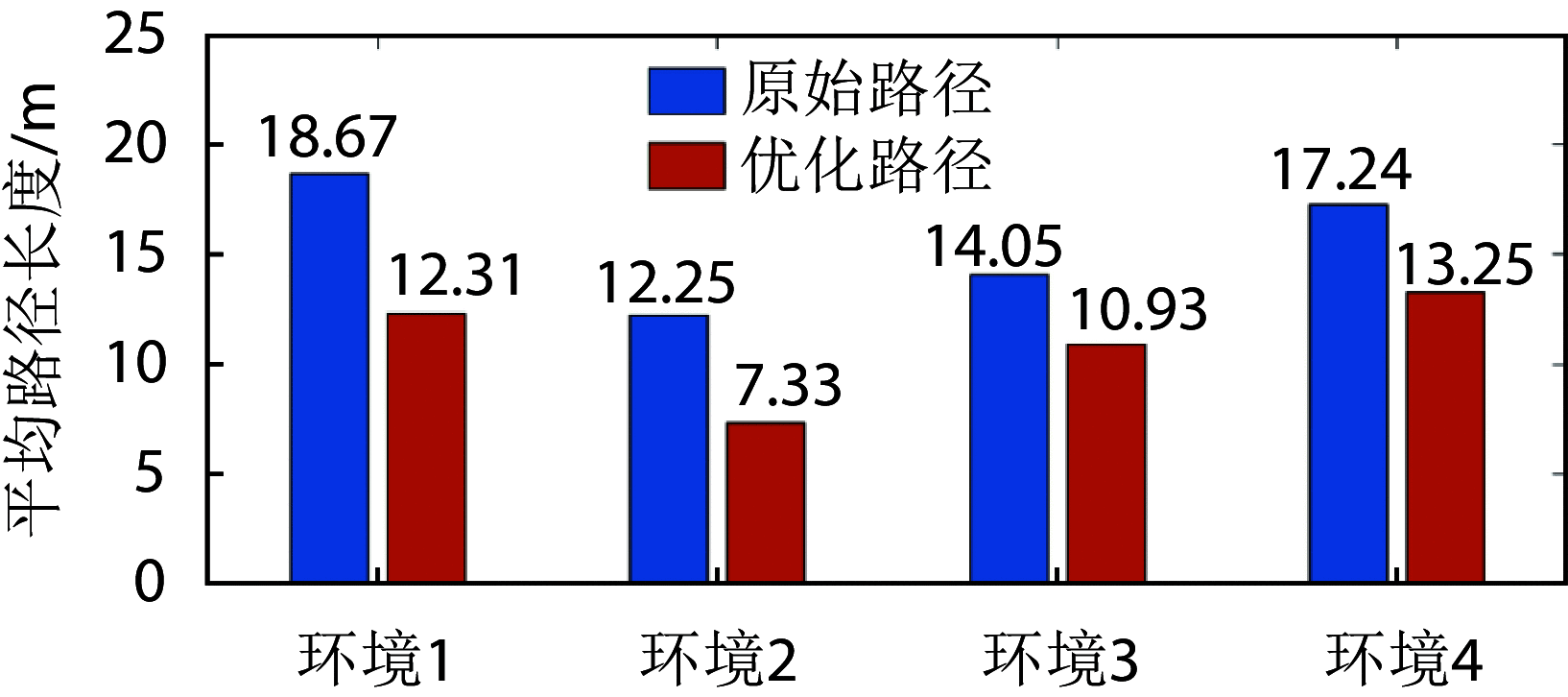[Spatial navigation method based on the entorhinal-hippocampal-prefrontal information transmission circuit of rat's brain]
- PMID: 38403607
- PMCID: PMC10894733
- DOI: 10.7507/1001-5515.202303047
[Spatial navigation method based on the entorhinal-hippocampal-prefrontal information transmission circuit of rat's brain]
Abstract
Physiological studies have revealed that rats perform spatial localization relying on grid cells and place cells in the entorhinal-hippocampal CA3 structure. The dynamic connection between the entorhinal-hippocampal structure and the prefrontal cortex is crucial for navigation. Based on these findings, this paper proposes a spatial navigation method based on the entorhinal-hippocampal-prefrontal information transmission circuit of the rat's brain, with the aim of endowing the mobile robot with strong spatial navigation capability. Using the hippocampal CA3-prefrontal spatial navigation model as a foundation, this paper constructed a dynamic self-organizing model with the hippocampal CA1 place cells as the basic unit to optimize the navigation path. The path information was then fed back to the impulse neural network via hippocampal CA3 place cells and prefrontal cortex action neurons, improving the convergence speed of the model and helping to establish long-term memory of navigation habits. To verify the validity of the method, two-dimensional simulation experiments and three-dimensional simulation robot experiments were designed in this paper. The experimental results showed that the method presented in this paper not only surpassed other algorithms in terms of navigation efficiency and convergence speed, but also exhibited good adaptability to dynamic navigation tasks. Furthermore, our method can be effectively applied to mobile robots.
生理学研究发现,大鼠进行空间定位依赖内嗅—海马CA3结构中的网格细胞与位置细胞,而内嗅—海马结构与前额叶皮层之间的动态联系是导航的关键。基于此,本文提出一种仿鼠脑内嗅—海马—前额叶信息传递回路的空间导航方法,旨在为移动机器人赋予强大的空间导航能力。在海马CA3—前额叶空间导航模型的基础上,本文构建以海马CA1区位置细胞为基本单元的动态自组织模型优化导航路径。随后通过海马CA3区位置细胞与前额叶皮层动作神经元将优化后的路径回馈至脉冲神经网络,提高模型收敛速度的同时还有助于建立导航习惯的长期记忆。为验证方法的有效性,本文分别设计了二维仿真实验和三维仿真平台的机器人实验。实验结果表明:本文方法不仅能够在导航效率、收敛速度等方面超越其他算法,而且对动态变化的导航任务具有较好的适应性。同时,本文方法还能够很好地应用在移动机器人平台上。.
Keywords: Action neurons; Entorhinal-hippocampal; Place cells; Prefrontal cortex; Spatial navigation.
Conflict of interest statement
利益冲突声明:本文全体作者均声明不存在利益冲突。
Figures










Similar articles
-
Biomimetic FPGA-based spatial navigation model with grid cells and place cells.Neural Netw. 2021 Jul;139:45-63. doi: 10.1016/j.neunet.2021.01.028. Epub 2021 Feb 13. Neural Netw. 2021. PMID: 33677378
-
Mapping of a non-spatial dimension by the hippocampal-entorhinal circuit.Nature. 2017 Mar 29;543(7647):719-722. doi: 10.1038/nature21692. Nature. 2017. PMID: 28358077 Free PMC article.
-
Distance and Direction Codes Underlie Navigation of a Novel Semantic Space in the Human Brain.J Neurosci. 2020 Mar 25;40(13):2727-2736. doi: 10.1523/JNEUROSCI.1849-19.2020. Epub 2020 Feb 14. J Neurosci. 2020. PMID: 32060171 Free PMC article.
-
Emergence of the Hippocampus as a Vector for Goal-Directed Spatial Navigation.Adv Neurobiol. 2024;41:39-61. doi: 10.1007/978-3-031-69188-1_2. Adv Neurobiol. 2024. PMID: 39589709 Review.
-
Spatial navigation and hippocampal place cell firing: the problem of goal encoding.Rev Neurosci. 2004;15(2):89-107. doi: 10.1515/revneuro.2004.15.2.89. Rev Neurosci. 2004. PMID: 15202682 Review.
References
-
- Wu Q, Gong X, Xu K, et al Towards target-driven visual navigation in indoor scenes via generative imitation learning. IEEE Robot Autom Lett. 2020;6(1):175–182.
-
- O’Keefe J, Dostrovsky J The hippocampus as a spatial map. Preliminary evidence from unit activity in the freely-moving rat. Brain Res. 1971;34(1):171–175. - PubMed
Publication types
MeSH terms
LinkOut - more resources
Full Text Sources
Miscellaneous
